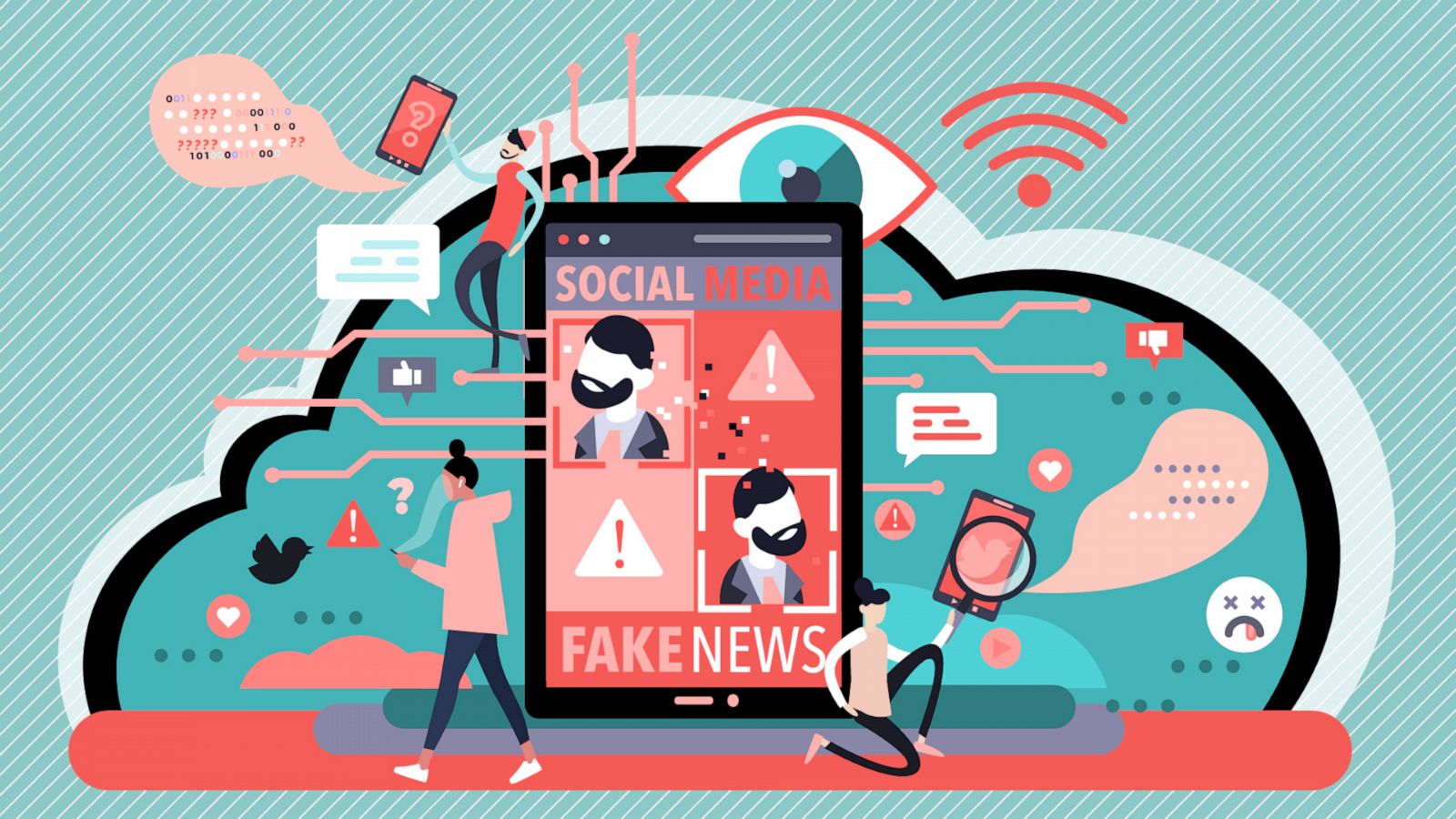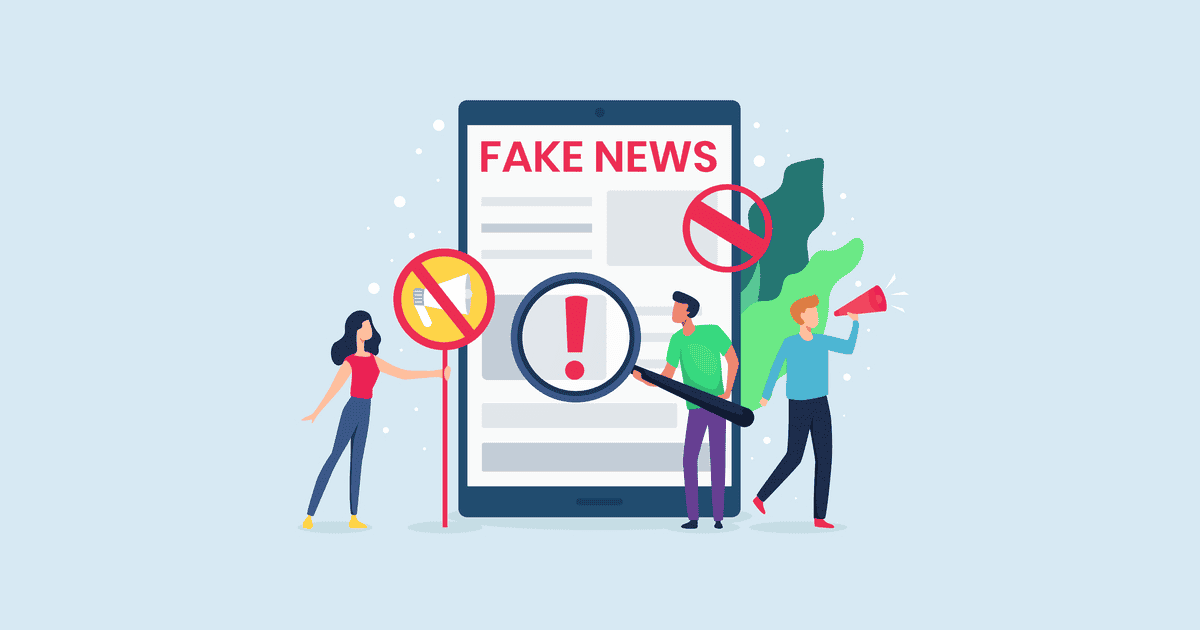
1. What is disinformation (Fake News)?
Disinformation or fake news is false or misleading information that is distributed to deceive or mislead. It can be propaganda used to influence the public or manipulate an audience. It is defined as the deliberate creation of sharing false news to mislead people. On the other hand, misinformation is the act of sharing information without realizing its inaccuracy or its incorrectness. It’s defined as something that you believe to be true without knowing it’s wrong.

2. How does disinformation impact a community?
Disinformation can impact a community because it can be harmful and hurtful to people’s well-being. Stories that contain false info regarding medical treatments and health remedies may further damage your health or waste your time. Putting faith into these stories could make you conclude that decisions can damage your health or cause further issues. It may also tell you to buy certain products that claim to provide health benefits but end up wasting your money. This can damage the community because the money could have gone towards charity or other things that they might have needed.

3. Give an example/share an experience of how disinformation impacted you or a community.
Disinformation has impacted me because it created a sense of fear and terror that kept me from attending school during the beginning of the covid-19 world pandemic and many of my daily life activities. Many articles were surrounding the virus, including statements such as, “you can die from it,” or “it’s highly and extremely dangerous.” This made my parents and me feel terrified to go outside and contact people because of the risk of getting infected. Thus, I could not see anyone attend soccer or receive an education with these rumours and statements from online websites. It was a significant change in my life, and I struggled to adjust to it. However, after the rumours and articles got debunked with scientific facts, my life went back to a more normal version of what it was like before.

4. How would you help your classmates identify and stop the spread of disinformation?
My classmates and I can contribute to the prevention of disinformation by stop looking at the post that is causing a drastic reaction and take a step back to ask ourselves, “do I really know enough to share this information.” Often the answer is no. Thus, you can stop it from spreading into your friend groups and community by not passing it along to others or sharing it with your friends. To check if the source is reliable or credible, you can use the SMART method. Source: Who or what is the source? Motive: Why do they say what they do? Authority: Who wrote the story? Review: Is there anything included that jumps out as potentially untrue? Two-Source Test: How does it compare to another source? If this source seems to include disinformation or has suspicious parts that seem unlikely true, you can correct it carefully by fact-checking or reporting the source or post to the site that it’s uploaded on.

